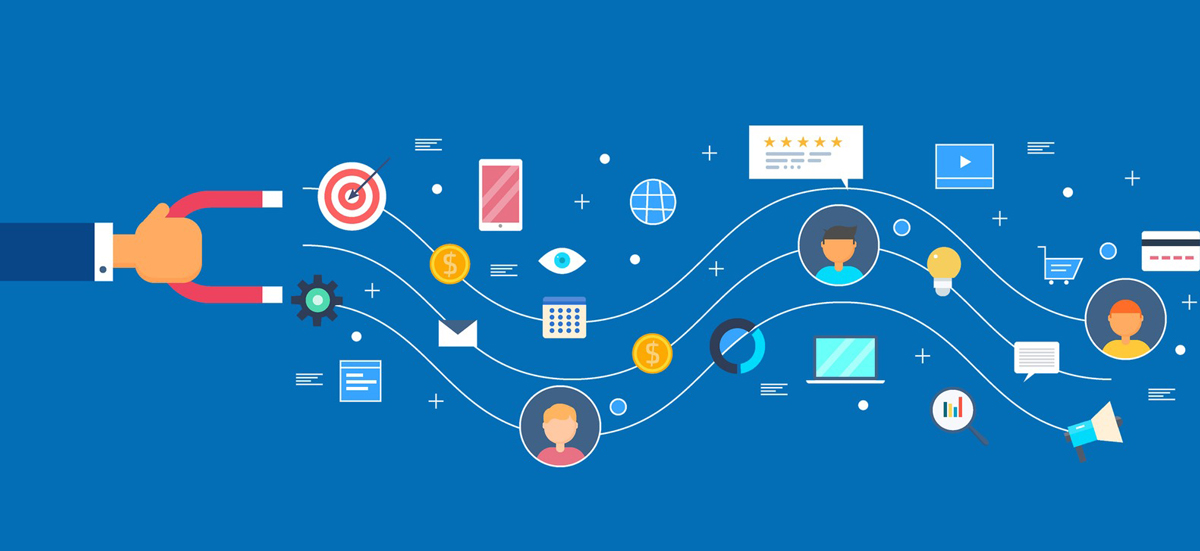
Introduction: Don’t Just Attract Convert
Generating leads is only half the battle. The real win lies in converting those leads into paying customers. This is where lead conversion strategies come into play. If your business isn’t actively working to improve its conversion processes, you’re likely losing revenue at every step.
With today’s digitally-savvy consumers, a strategic and data-driven approach to conversion is essential. The tactics below will help you develop high-performing lead conversion strategies that drive revenue and scale your business.
- Build Strong Lead Personas for Precision Targeting
Successful campaigns begin with understanding your audience. Start by crafting lead personas that reflect real-world data.
Collect data from:
- Google Analytics
- CRM reports
- Sales interviews
- Customer surveys
Map out each persona’s needs, challenges, goals, and purchase triggers. With this foundation, your campaigns will speak directly to the people most likely to convert, leading to a higher ROI.
Key takeaway: The more specific your targeting, the more efficient your conversion funnel becomes.
- Activate Multi-Channel Marketing Campaigns
People don’t just live in one digital space. They browse websites, scroll social media, watch videos, and read emails all in a single hour. To convert leads effectively, you must engage them across multiple channels.
Use this approach:
- Content marketing: Position yourself as a thought leader.
- Social media: Retarget ads to those who engaged with content.
- Email marketing: Follow up with segmented, automated sequences.
- Video marketing: Educate and demonstrate value quickly.
Synchronize these channels so that each interaction moves the lead closer to a decision.
- Score and Prioritize Leads Efficiently
Lead scoring is essential for prioritization. Evaluate your leads based on fit (demographics, job title) and engagement (actions taken).
Score leads using:
- Behavior (e.g., visiting your pricing page)
- Content interaction (e.g., downloading an eBook)
- Conversion intent (e.g., requesting a demo)
Send high-scoring leads directly to sales. Continue nurturing lower-scoring leads with educational content until they’re ready.
Automation software like Marketo or Zoho CRM simplifies this scoring process and improves consistency.
- Personalize Communications at Every Touchpoint
Generic content rarely converts. Instead, use personalization to increase relevance.
Tactics include:
- Personalized email subject lines
- Customized website messaging based on source/behavior
- Dynamic content within landing pages
For example, if a lead visited your product pricing page, trigger an automated email offering a limited-time discount. Use personalization as a tool to guide leads logically toward conversion.
- Design a Frictionless Conversion Path
Your goal is to make saying “yes” easy. Evaluate your current customer journey and eliminate bottlenecks.
Steps to follow:
- Reduce the number of form fields
- Use conversational landing pages
- Offer chat support or guided demos
- Implement one-click purchasing (if applicable)
Also, provide clear benefits at each stage. Leads want to know “what’s in it for me?” make sure your copy answers that question upfront.
- Leverage Urgency and Scarcity
Time-sensitive promotions can dramatically boost conversion rates. Use urgency and scarcity carefully to encourage decision-making.
Examples include:
- Countdown timers on landing pages
- Limited-time discounts or bonus offers
- Low-stock notifications
Use these tactics sparingly and honestly. Manipulative urgency can damage trust, so focus on value-driven reasons to act quickly.
- Analyze, Optimize, Repeat
Every aspect of your lead conversion strategy should be measured. Review performance data regularly and adjust based on real-world feedback.
Track metrics like:
- Landing page conversion rates
- Email click-through and open rates
- Funnel abandonment points
- Lead-to-customer ratio
Use A/B testing to find out what resonates with your audience and replicate successes across campaigns. Small changes in design, copy, or timing can lead to significant improvements.
Conclusion: Turn Leads into Loyal Customers
Lead conversion strategies are the secret sauce to sustainable business growth. By implementing targeted outreach, data-backed personalization, and optimized conversion paths, you empower your sales and marketing teams to drive results.
Remember: It’s not about how many leads you generate. It’s about how many you convert. Keep refining, testing, and evolving because every interaction is a chance to earn a customer.